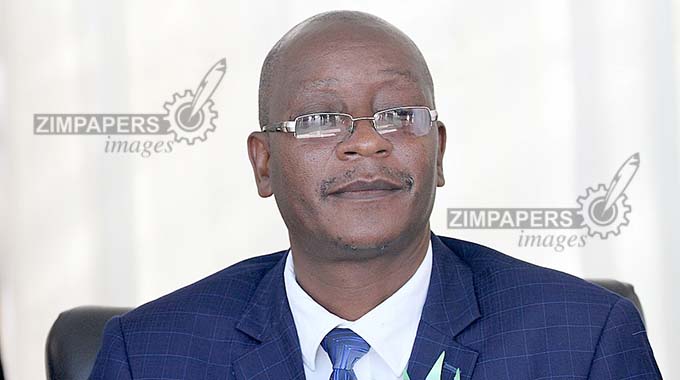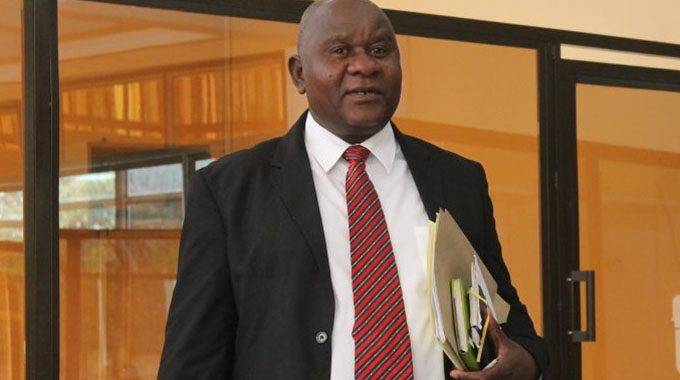Editorial Comment: US$-RTGS judgment: A dose of cold-water reality

Zimbabwe switched to its own currency in February last year and the law made it clear that the RTGS currency that everyone had in practice been using for a decade was to be converted at US$1 to RTGS$1 as it had been all along.
That meant internal debts contracted before 22 February, 2019 were in RTGS dollars and had to be acquitted in RTGS dollars.
The Supreme Court, with the three-judge panel presided over by Chief Justice Luke Malaba on Tuesday confirmed that the clear text of the statutory instrument invoking the Presidential Temporary Powers Act meant exactly what it said, that a continuity prevailed.
Parliament has already confirmed the temporary measure and brought it into permanent law.
The Supreme Court, like all courts, is obliged to interpret the law as it is, not what some litigant may desire.
In the absence of a constitutional question, and there is no constitutional question in this case, the judgment of the Supreme Court is final.
So, debate over the legal position is now finished.
The higher court overruled a High Court judge who appears to have been diverted by arguments that there was no continuity between the currency before 22 February, 2019 and the currency after that date, despite the clear text of the law that established that same continuity.
He thus tried to convert a US dollar debt into a Zimbabwe dollar debt at the exchange rate on the day the debt was paid, rather than at the exchange rate on the day the debt was contracted.
The Chief Justice, backed by two other senior judges, put him right.
The main problem that diverted both the company owed the money, and probably the first judge, is the obsession Zimbabweans have with tracking exchange rates and assuming we live in a country with two currencies instead of just one currency, our own.
The law, and the interpretation of that law by the Supreme Court, must help all of us understand that we live in a mono-currency country and start thinking in that currency. In the actual case in question, the creditor company did lose value, but it lost value because of inflation not because of devaluation.
The contractual obligations over the debt did include some indication of the need to watch inflation as the debtor in the arbitration that created the case in the first place was not only given a debt to pay off, but also ordered to pay a significant extra sum in interest.
Such interest payments in debt disputes are normally ordered so that the creditor is compensated for loss of value in the debt.
This is why courts, and in this case the arbiter, are usually willing to give an order as to interest at prescribed rates when they give a decision on who owes whom what.
If the interest rate was below the inflation rate that was unfortunate, but the creditor built their argument on the exchange rate, not on the inflation and interest rates.
The Supreme Court judgment has far wider ramifications than just the payment of debts contracted before 22 February last year.
It also destroys a lot of other arguments and demands that any sum, such as a salary, that was set before 22 February, 2019 should be paid out at the interbank equivalent today.
This has been an argument in many labour negotiations and has been a major factor in the appalling inflation we have seen in other areas, such as medical and legal costs.
In fact, the dollar of any date before 22 February, 2019 is exactly the same as the dollar today. The only difference is the loss in value caused by inflation, not the loss in value caused by an exchange rate.
We are still living, conceptually, in that fairy tale world of much of the second decade of the 21st Century when two successive finance ministers managed to persuade all of us that the fake US dollars they were creating to finance their budget deficits were the same as the real US dollars printed by the American Federal Reserve.
It suited a lot of people to pretend, until this proved impossible, but we need to all recognise that we were pretending we were a lot richer than we were.
As we have argued before, tracking inflation makes sense for any trade union, and those include professional associations in this sort of case, and makes sense as a marker for employers although businesses should be tracking actual costs and revenues.
As a matter of practical finance, the exchange rate has been stable for almost four months, drifting down about six percent over that period.
Inflation has regrettably been higher, partly because of pricing delays from previous bursts of exchange rate instability and partly because of this obsession with exchange rates and expectations of higher change than we actually saw.
Stability has been achieved largely by the Second Republic’s determination to live in the real world and adjust fiscal and monetary policies to reflect that real world.
A decade of devaluation and inflation was compressed into just 12 months.
That is the reality we now live with and the Supreme Court has, by telling us exactly what the law says, given us another strong dose of cold-water reality.
We must accept it, and start working out how to produce more, grow more, mine more and generally recognise that wealth is based on real output, not on fairy tales.











Comments